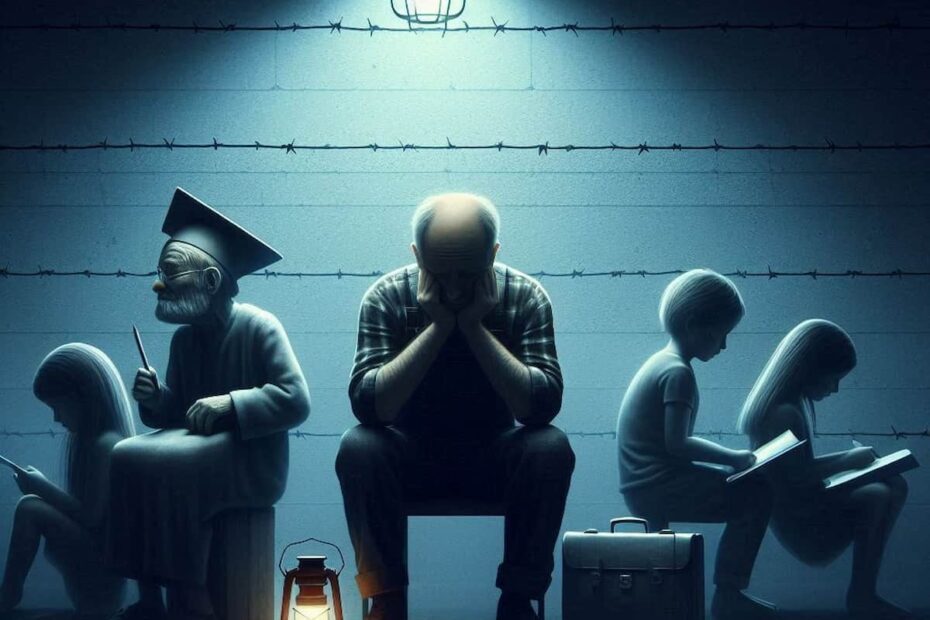Discover the unique challenges faced by LGBTQ+ individuals regarding loneliness and explore strategies for fostering inclusivity, support, and connection within these communities.
Key Takeaway:
LGBTQ+ individuals often confront heightened levels of loneliness due to societal stigma, discrimination, and a lack of understanding. By cultivating inclusive spaces, providing support networks, and advocating for acceptance and visibility, we can combat loneliness within LGBTQ+ communities and foster a sense of belonging for all.
The Loneliness Epidemic in LGBTQ+ Communities
- Social Stigma and Discrimination: LGBTQ+ individuals frequently encounter societal stigma and discrimination, leading to feelings of isolation, rejection, and loneliness.
- Family Rejection: Many LGBTQ+ individuals experience rejection from their families, exacerbating feelings of loneliness and estrangement from their support networks.
- Lack of Community: In some areas, LGBTQ+ individuals may struggle to find inclusive and affirming community spaces, further isolating them from supportive social networks.
Challenges and Intersectionality
- Intersectional Identities: LGBTQ+ individuals belonging to marginalized groups face compounded challenges as their identities intersect with other aspects such as race, ethnicity, disability, or socioeconomic status.
- Mental Health Impact: Persistent experiences of loneliness and social isolation can contribute to mental health issues within LGBTQ+ communities, including depression, anxiety, and substance abuse.
Strategies for Fostering Inclusivity and Support
- Creating Safe Spaces: Establish inclusive and affirming spaces, such as LGBTQ+ community centers, support groups, and online forums, where individuals can connect with others who share similar experiences and identities.
- Building Support Networks: Encourage the formation of support networks within LGBTQ+ communities, where individuals can find peer support, validation, and understanding in times of need.
- Promoting Visibility and Acceptance: Advocate for LGBTQ+ visibility and acceptance within society, challenging stereotypes, and fostering a culture of respect, understanding, and inclusivity.
Real-Life Examples
- Pride Events: Pride parades, festivals, and events serve as powerful platforms for LGBTQ+ visibility and community-building, offering opportunities for individuals to celebrate their identities and connect with others.
- Online Support Groups: Online support groups and forums, such as The Trevor Project or LGBTQ+ subreddits, provide virtual spaces for LGBTQ+ individuals to seek support, share resources, and connect with peers.
Embracing Connection and Inclusivity
In the face of societal stigma and discrimination, LGBTQ+ individuals often grapple with profound feelings of loneliness and isolation. By fostering inclusive spaces, building support networks, and promoting visibility and acceptance, we can combat loneliness within LGBTQ+ communities and create a world where all individuals feel valued, supported, and celebrated for who they are.
Explore the unique challenges faced by LGBTQ+ individuals regarding loneliness, and uncover strategies for fostering inclusivity, support, and connection within these communities. By creating safe spaces, building support networks, and promoting visibility and acceptance, we can combat loneliness within LGBTQ+ communities and cultivate a sense of belonging and empowerment for all.






